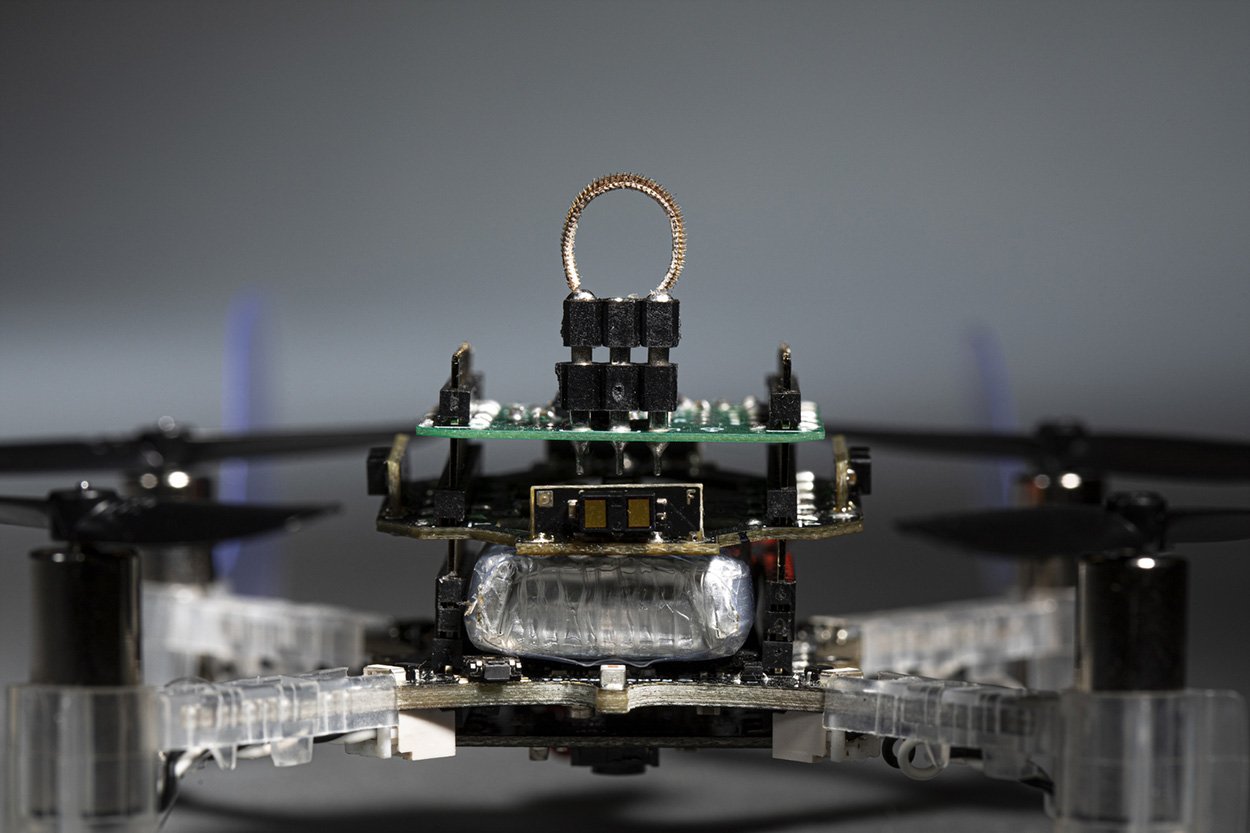
At first glance, the flying robot looks like an ordinary drone in this shot. But the curved, copper-colored antenna on the missile’s platform gives it an animal ability.
Small robots capable of flying are used more and more frequently, for example to get to places inaccessible to us or to fly to areas that are too dangerous for human exploration due to natural disasters, wars or the risk of explosion. But so far, the sensors of the drones are often too imprecise to locate explosives or gas leaks.
For this reason, researchers led by Melanie Joyce Anderson from the University of Washington in Seattle have been researching more sensitive sensors for drones that can, for example, quickly and safely detect chemicals and gases in the air.
To do this, they took an animal sense as a model: with their antennae, moths can even perceive highly diluted chemical signals in their environment and thus recognize food sources or potential partners, for example. “The cells in a moth antenna amplify the chemical signals,” said Anderson’s colleague Thomas Daniel. “The moths do this really efficiently – a scent molecule can trigger many cell reactions and that’s the trick.”
For this reason, the scientists misappropriated the antenna of the tobacco hawk (Manduca sexta) for the sensors of their drone. The researchers stunned the moths with cold and removed their antennae, which then remained biologically and chemically active for hours. Using tiny wires on either end of the antenna, they connected it to an electrical circuit. They then measured the signals from the antenna cells, the scent of flowers and ethanol, and compared the reactions with sensors that were previously used.
And indeed: the moth antenna reacted faster to the smells and registered more smells within a short time than classic, purely electrical sensors. By mounting this biological-technical hybrid sensor on a drone, the scientists created the so-called “smellicopter” that can be seen in our photo. The special thing about it: The researchers also installed a special program that imitates the search for scents by moths. In this way, the “smellicopter” can search for smells completely independently and fly to them as soon as it perceives a scent.
In addition, four built-in infrared sensors enable the drone to detect obstacles up to 20 centimeters away and to avoid them at an early stage. Another advantage, according to Anderson and her colleagues, is that the “smellicopter” does not need a GPS, but instead observes its surroundings with a camera. So it can possibly also fly into pipes or underground mines.
If it turns out that the smelling drone detects even more chemical substances such as carbon dioxide on our recording, the researchers suspect that it could, for example, detect people trapped under rubble or explosive devices.